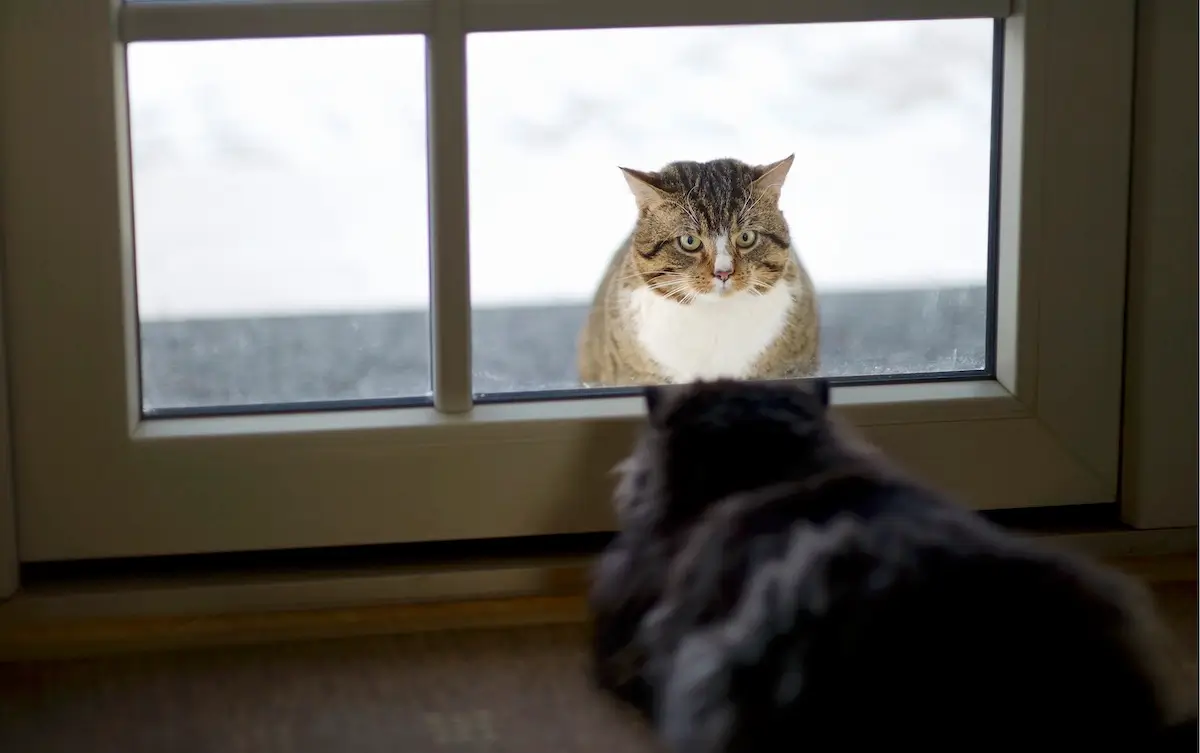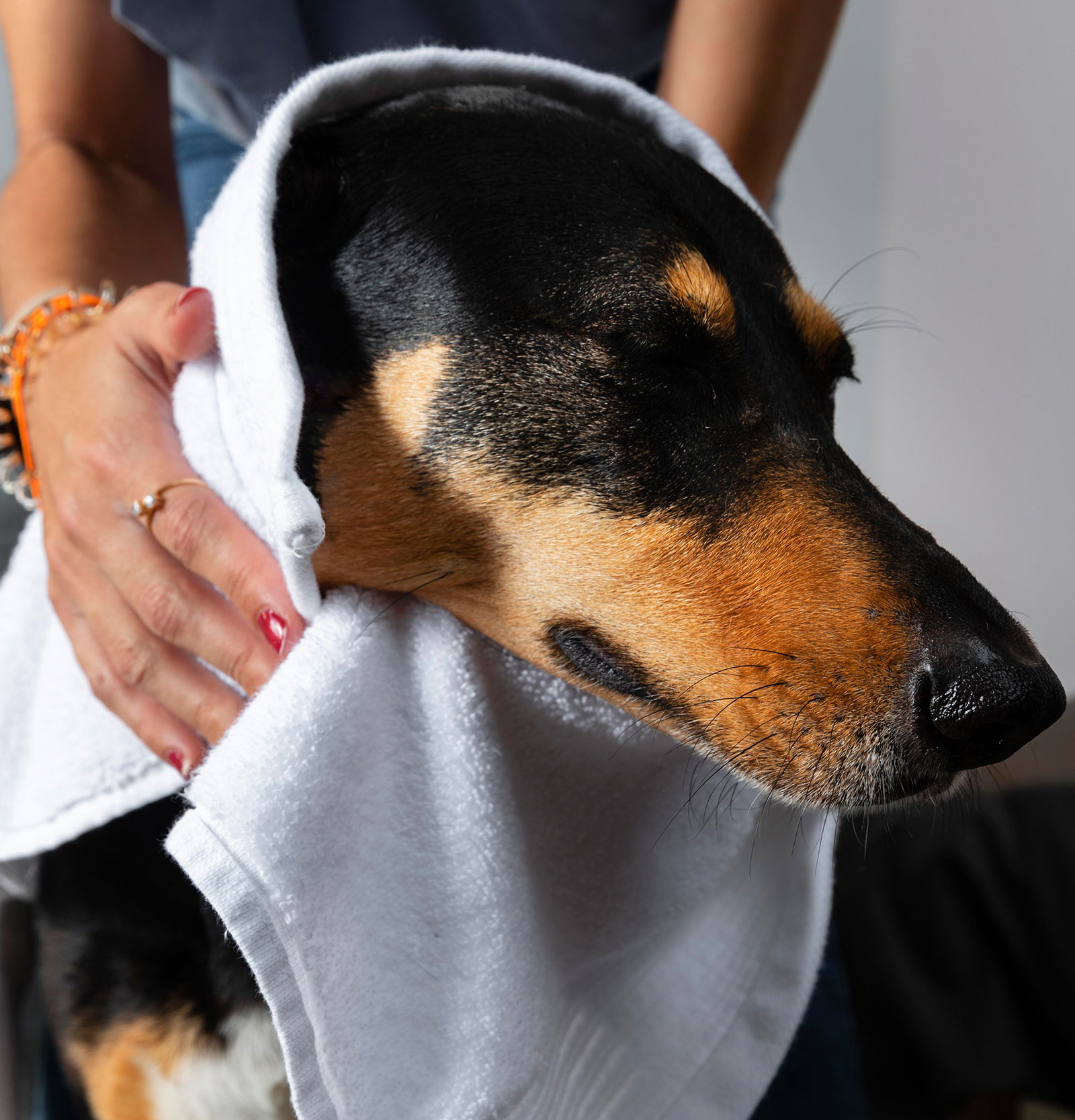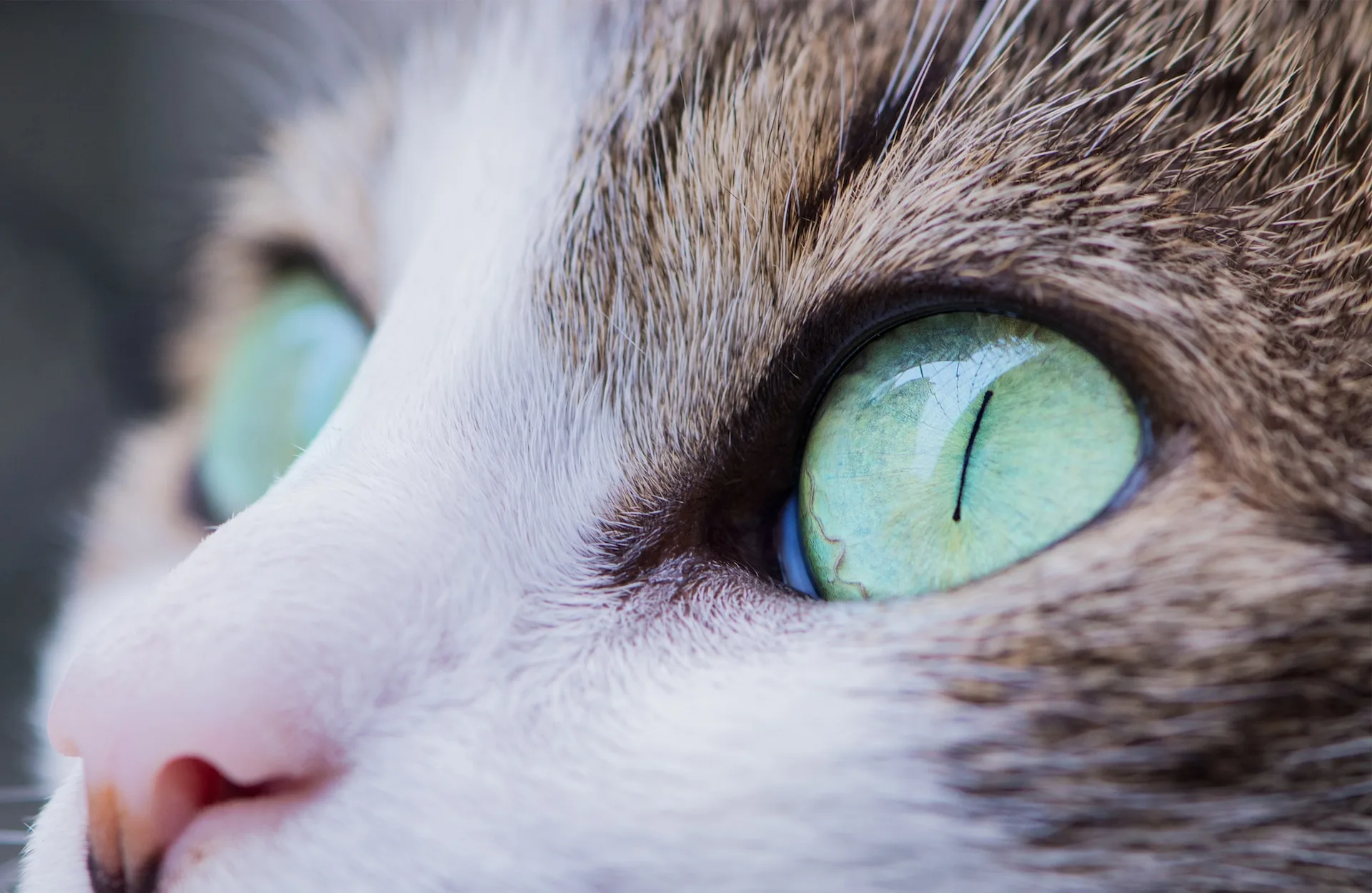Cat Behavior Problems: Marking and Spraying Behavior – Cats are often praised for having clean and independent habits, but cat owners will sometimes face challenges of their own, perhaps the most aggravating one being inappropriate marking or spraying. However, while uncomfortable for the owner, it is a natural behavior. Marking and spraying may cause a nuisance inside the house when it is done by a pet cat. To keep peace in the home, one should apply an understanding of the reasons for marking and spraying, and how to manage them.
Marking and Spraying
Urine marking and spraying are natural behaviours that cats use as a form of communication with other cats. Marking and spraying are not the same as urination. When a cat urinates, it squats to empty its bladder. When a cat sprays, it backs up to a vertical surface, quivers its tail, and squirts a small amount of urine. It can be done by male or female cats, though it happens more commonly among male cats, and particularly unneutered male cats.
Marking is part of the cat’s social signalling system (territorial marking), and indicates to other cats that the area is marked. As a survival tactic, cats in the wild are territorial, protecting their resources and boundaries, thus establishing peace among the other cats. Marking indoors, however, often leads to damaged furniture, bad smells, and distress for the cat parent.
Why Cats Mark or Spray
Cats mark or spray for many reasons, including –
Territory – Cats are territorial animals. If a cat sees an intruder, such as a neighbor’s cat, through the window, they may mark their territory to deter the rival.
Stress or Anxiety – Household stress from changes, such as new furniture, moving, having new pets, or even new people, can be anxiety-inducing for a cat. Sometimes it can be a method of coping with the anxiety.
Mating Behavior – Unneutered male cats, in particular, are more likely to spray to signal to female cats that they are available in heat. Spraying is reduced with spaying or neutering a pet.
Social Conflict – In multi-cat homes, marking may be more frequent if there is competition for territory, hierarchy, or centralized resources for shared litter boxes or food bowls.
Medical Issues – What seems like marking can be a medical issue, such as urinary tract infections or bladder stones. If your cat is urinating outside their litter box for no reason, be sure to take them to their veterinarian, so that it can be verified as behavioral before assuming an issue is regarding marking.
How to Manage Marking and Spraying Behavior
Managing inappropriate marking can take time and ensure consistency, and sometimes a little detective work. Here are some of the methods you can employ –
Neuter Your Cat
This is the best way to eliminate spraying. Over 90 % of neutered cats will not spray.
Identify and Eliminate Triggers
Is your cat spraying at cats outside? Then block your cat’s visual access to those cats outside, or use a motion-activated deterrent outdoors as a challenge. If your cat is reacting to an indoor stressor, you have to discover what is causing the anxiety. Was there a new pet? Was the furniture rearranged? Help your cat adjust gradually.
Clean The Area Thoroughly.
Use an enzyme cleaner that destroys the urine odors. Look at the label or call ahead to find out for yourself if the cleaner can destroy the odors. Most household cleaners will work to clean up, but will often leave some scent behind. Scent will certainly entice the cat back to the area!
Provide More Resources
If you cannot limit your cat’s competition with other cats, be sure to have enough litter boxes in your home (at least one per cat). Try to have one more than the actual number of cats in the home. You should also have ample food areas, scratching posts, and resting areas to reduce competition.
Build a Safe and Enriched Environment
Many cats are mentally challenged and do not feel secure. Cats need vertical spaces, access to interactive toys, quiet areas to hide, daily play with you or a friend, ect. Daily play with your cat can lower anxiety and reinforce positive behaviors.
Look for Potential Behaviour Modification Aids
Pheromone diffusers like Feliway can sometimes create a more secure feeling for the cat. In rare cases, there may be medication suggested by your veterinarian, or a behavioural consultant may be better suited to direct your cat.
When To Consult The Vet
You should always call a vet anytime your cat begins spraying or marking with no previous experience of this behavior. Something medical may be happening, and you should rule out medical conditions before assuming it’s a behavioral issue.
Getting to the bottom of marking and spraying will take some understanding, time, and once again, compassion. Most cats can, through proper means, be trained to communicate in other appropriate ways, using scratching posts, scent rubbing, or with their voice, instead of marking your furniture and walls.
Conclusion
Once again, marking and spraying behavior can challenge any cat owner’s patience and sanity, but please remember, your cat isn’t doing it just to be spiteful. When we understand and do the right things to take care of our cats, or even sometimes seek professional help, we can take on the challenges of marking and spraying and bring back a clean and stress-free environment for you and your cat.
FAQs About Cat Spraying and Marking
Will my cat stop spraying after being spayed or neutered?
Most cats will reduce, or outright stop, spraying after being spayed or neutered. Some may continue due to stress or learned behavior, but in most cases, neutering is the best first step in eliminating marking.
Can female cats spray, too?
Yes! Usually more rare, female cats – especially if unspayed – may spray as a means of marking territory, or during their heat cycle. Stress can also result in spraying in females.
How do I know if my cat is spraying versus just peeing outside their litter box?
Spraying usually involves a small amount of urine, which is delivered onto vertical surfaces (walls and/or furniture). The cat will usually be in a standing position, with a raised, quivering tail, and may be treading with its back legs. Inappropriate urination is usually squatting and involves wiping out larger puddles on horizontal surfaces.
Are there products to help stop cats from marking?
Enzymatic products can help break up complete odors so cats are less likely to mark again. Synthetic pheromone sprays and/or diffusers can calm cats/ relieve their urge to mark. In some cases, calming collars and/or medications from veterinarians can also help.




